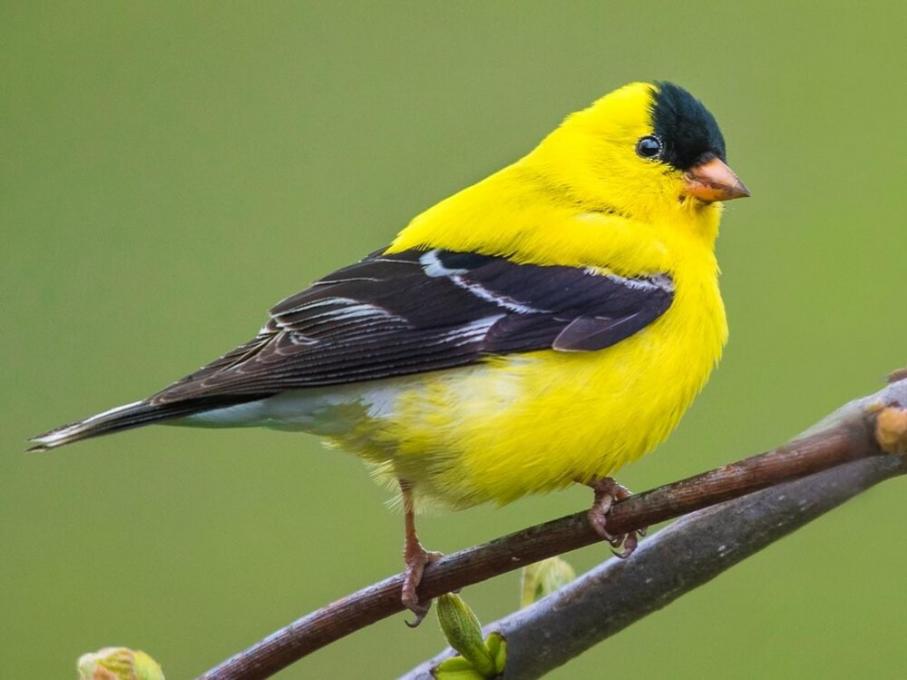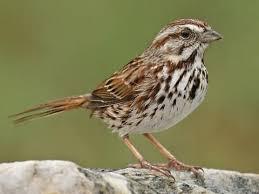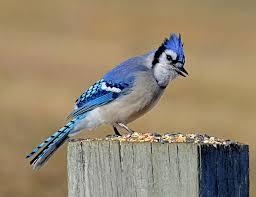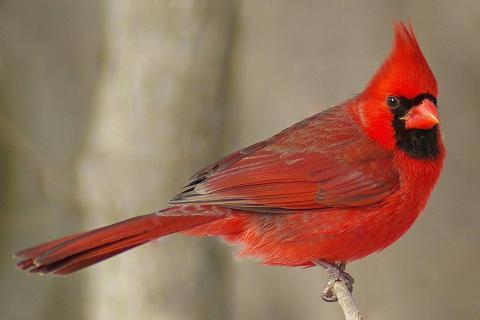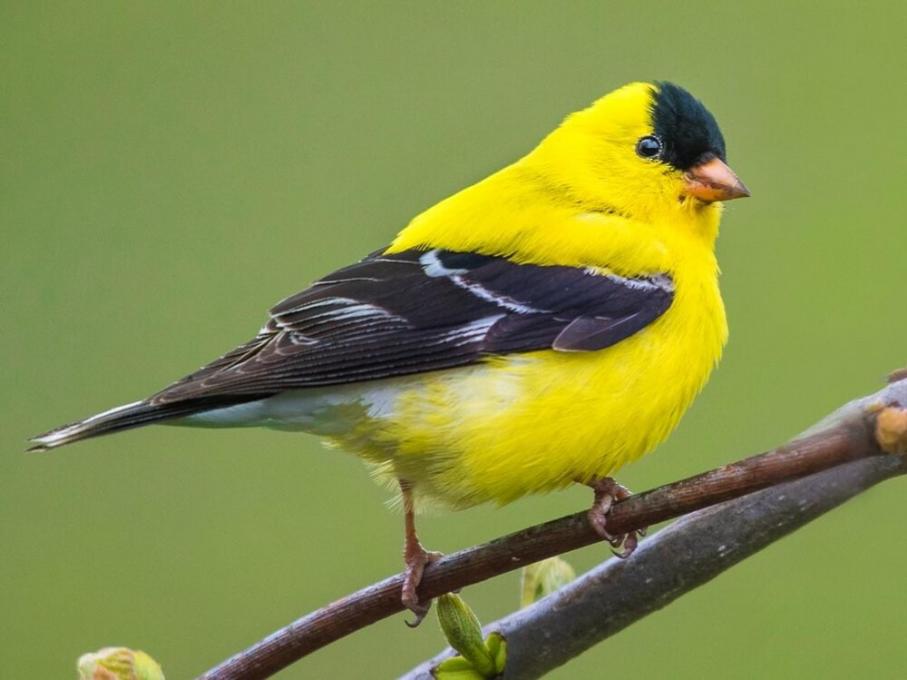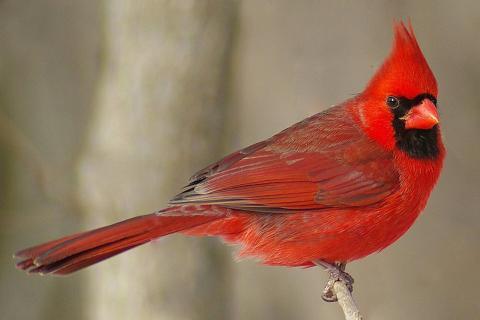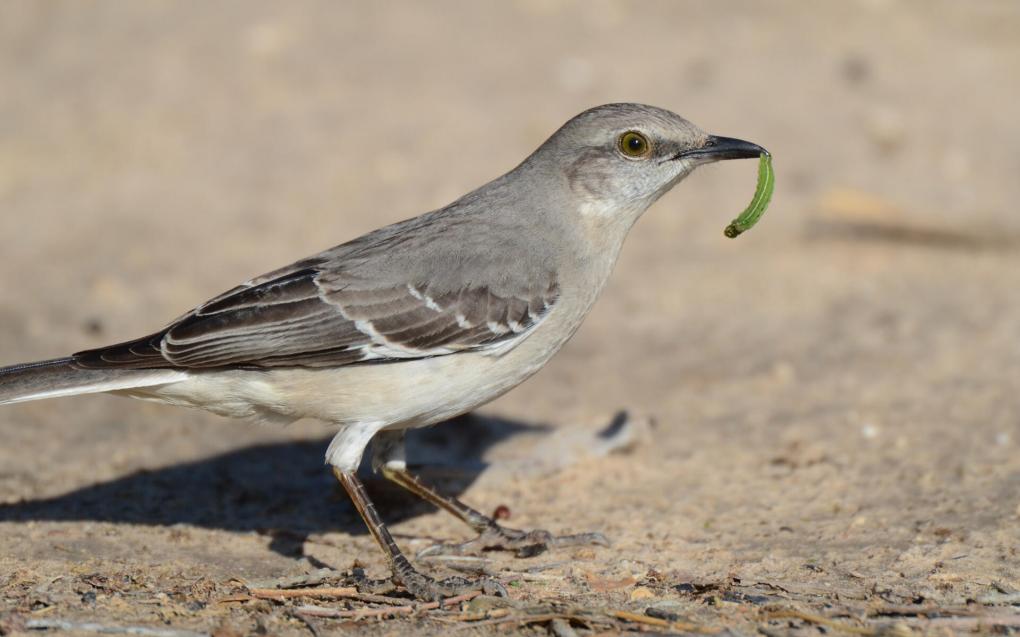Janet
Forum Replies Created
Viewing 12 posts - 1 through 12 (of 12 total)
-
JanetParticipant1. I have found that the records from my Merlin listenings are the best record of birds I have witnessed. And much easier than taking notes. 2. My favorite birdwatching site is Short Ridge Park, just a few blocks from my house (and I can walk the dog there too). Experienced birdwatchers go there regularly and I have met a local ornithologist there. Another experience was a birdwatching class taught by Audubon, but the most interesting was a trip to SE Arizona in April 2021; with the help of local birders, I saw lots of exotic and colorful birds.in reply to: Activities: Keeping Track of Your Birdwatching #907188
-
JanetParticipant2. A comparison of the bird species at the two sites in Arizona suggests that Roger Road has more water (coots, herons, mallards, ducks) than Mt. Lemmon, which presumably has higher altitudes for hawks, owls and falcons. Both clearly have varied habitats and therefore large numbers of varied species (Roger Road: 257 listed!; Mt. Lemmon: 128), though Roger Road wins out easily in numbers. Both list flycatchers,swallows, woodpeckers, hummingbirds, warblers, buntings, sparrows, orioles so either there is some overlap ecologically or these species adapt to different environments.in reply to: Activities: Exploring Bird Habitats #903201
-
JanetParticipant1. Last August, I went to the beach at Ocean City, NJ, where the habitat was ocean and sand beach. No surprise: I saw an American Oystercatcher, a Common Tern, a Least Tern, and lots of Sanderlings. I think all those birds are shore birds and find their food in the ocean or in the sand. Today I went to a neighborhood park with a stream, a small woods, some tall pines and some wetland. I heard a Red-winged Blackbird, a couple Northern Cardinals, a Chipping Sparrow, a Downy Woodpecker, a Cedar Waxwing, at least one Song Sparrow, a White-eyed Vireo, a number of House Sparrows, a House Wren, a Northern Flicker and lots of American Robins. Because of the varied habitats in this small park, one finds a variety of birds (and in migration season, different kinds of warblers) and it is a favorite with local ornithologists. Some of these birds are common in backyards too, especially the robins, sparrows and cardinals, so they seem more adaptable to various foods or ways to eat.in reply to: Activities: Exploring Bird Habitats #902289
-
JanetParticipant1. I watched a Robin sitting on an electric wire. He sat for a while, not singing but lifting one wing and (it looked like) scratching under it. I learned from your video that birds do scratch their itches. I have also watched robins and sparrows wash themselves in a container of water in our backyard. 2. Behavior at our sunflower seed feeder does vary: a number of sparrows come, eat for a while and then head for a hedge; the resident cardinal pair flies from a bush, eats at the feeder (where the sparrows sometimes get aggressive) and on the ground; the one chickadee swoops in for a seed and then flies to a tree branch to eat it. 3. Early one morning, I turned on Merlin and then forgot about it-in 20 minutes 17 birds were identified, mostly common ones to this area. Earlier this spring (May 5) in a nearby park with a stream, Merlin identified 28 different species, including five kinds of Warblers, an Indigo Bunting, two Orioles, an American Redstart, a Waterthrush and a Yellow-breasted Chat!in reply to: Activities: Noticing Behaviors #901099
-
JanetParticipant3. Because of molting, Goldfinches are dull in color until spring, when they become bright yellow. I had noticed this at out thistle feeder. I don’t see much difference in the markings on a male common loon. 4. My best local place to find birds is Short Ridge Park in Wynnewood, PA. The grassy area is ringed with large trees of various sorts and a creek runs through the park. During the recent spring, I have heard the usual sparrows plus an American Robin, a golden-crowned Kinglet, a Pine Warbler and a Dark-eyed Junco. In six months I expect to see or hear the sparrows, the Golden-crowned Kinglet and the Dark-eyed Junco, but not the Pine Warbler.in reply to: Activities: Different Seasons, Different Birds #894723
-
JanetParticipant2. Most of the birds I see are year around. These include the Northern Cardinal, the Red-tailed Hawk and the White-throated Sparrow. They also seem to be in predictable locations. This spring, I have spied a yellow-rumpled warbler, a Ruby-throated Hummingbird and a Pine Warbler and I think I can predict where to find them, but only at a certain time of the year.in reply to: Activities: Different Seasons, Different Birds #894693
-
JanetParticipant1. Northern Cardinal is abundant year-round in the eastern US, whereas the Blackburnian Warbler’s territory include the eastern US but adds on Canada and he migrated from South America. The Scarlet Tanager and the Western Tanager are found in opposite sides of the US although the western bird’s range includes Canada. Both migrates so their presence is seasonal. The Ruby-throated Hummingbird and the Rufous Hummungbird also occupy sides of the US, but both are also found in Central America. The migrate so are seasonal birds. The Sandhill Crane is year-around in the southern US, but can also be found in Alaska and Canada on a seasonal basis. The Yellow-bellied Flycatcher is also seasonal, but is not found in the South but in Central America, eastern US and Canada. It is year around only in the South.There is a wide variety in location and migration patterns, but non3 of these birds fly across the Major oceans.in reply to: Activities: Different Seasons, Different Birds #894649
-
JanetParticipantOne of my favorite birds is the gold finch. He comes to a thistle feeder, especially spring, summer and fall. Or at least he is bright yellow with black on his wings during those seasons. He is about the size of a sparrow and waits in the trees before hitting the feeder. He is skittish and flies away if I get too close.
 in reply to: Activities: Bird ID Practice #879672
in reply to: Activities: Bird ID Practice #879672 -
JanetParticipantWe have a feeder in the yard. The song sparrow perches on the feeder to eat sunflower seeds and spits a lot out and the blue jay pecks the ground under the feeder. The chickadee flies to a feeder perch, grabs a seed and flies (swooping up and down) to a tree branch nearby to eat the seed.


 in reply to: Activities: Bird ID Practice #879663
in reply to: Activities: Bird ID Practice #879663 -
JanetParticipant2. I chose a cardinal, a chickadee and a goldfinch—all have black on them, but the cardinal’s is a mask, the chickadee’s a cap and the gold finch has black on its wings


 in reply to: Activities: Bird ID Practice #879661
in reply to: Activities: Bird ID Practice #879661 -
JanetParticipant

 in reply to: Activities: Bird ID Practice #879658
in reply to: Activities: Bird ID Practice #879658 -
JanetParticipantAn easy comparison of birds by shape would be a cardinal versus a mocking bird. The cardinal’s crest is a dead give away.in reply to: Activities: Bird ID Practice #879373
Viewing 12 posts - 1 through 12 (of 12 total)
